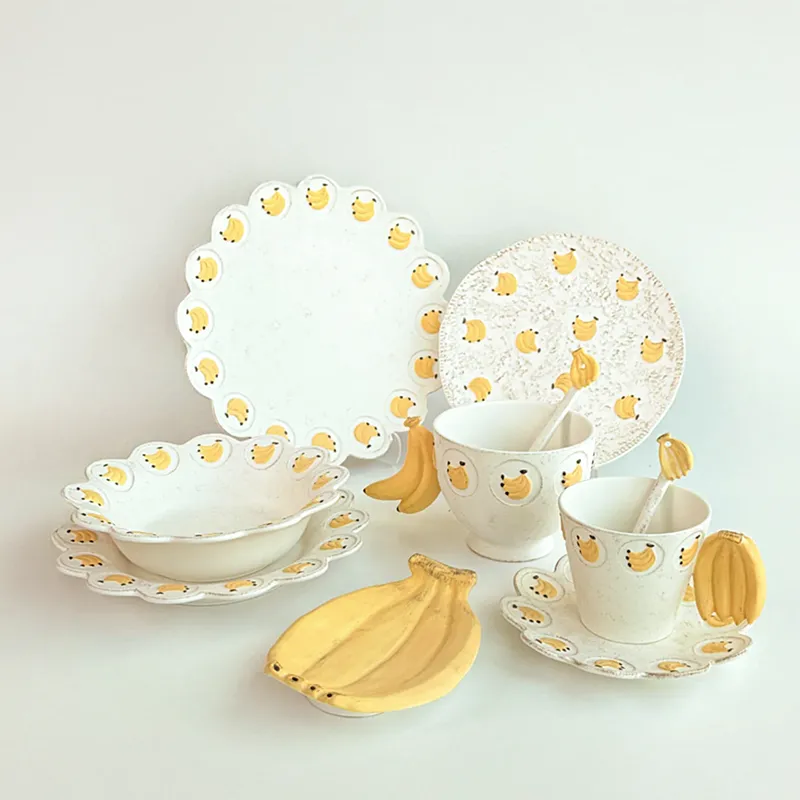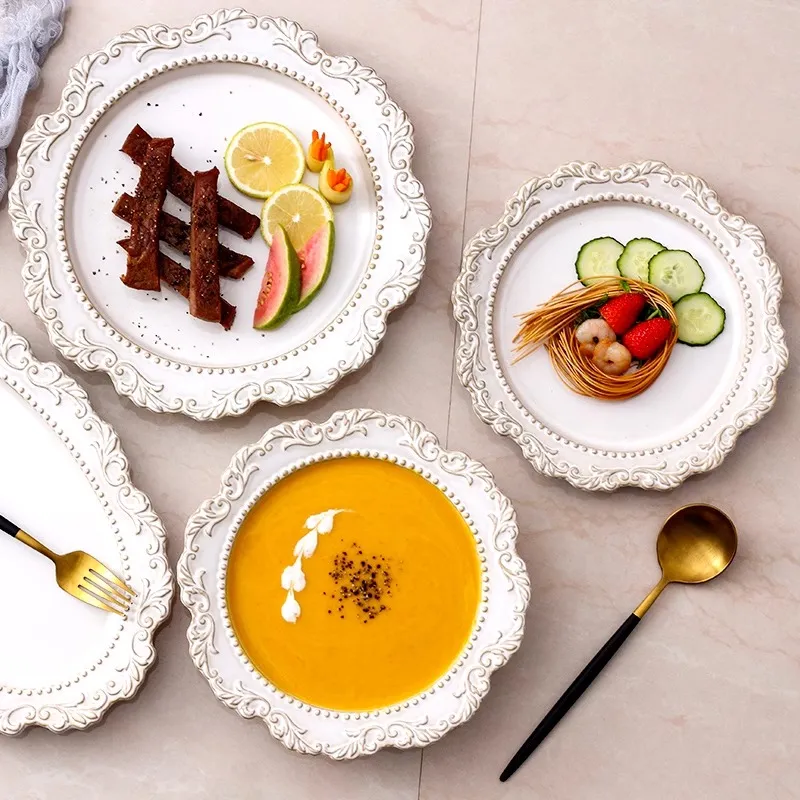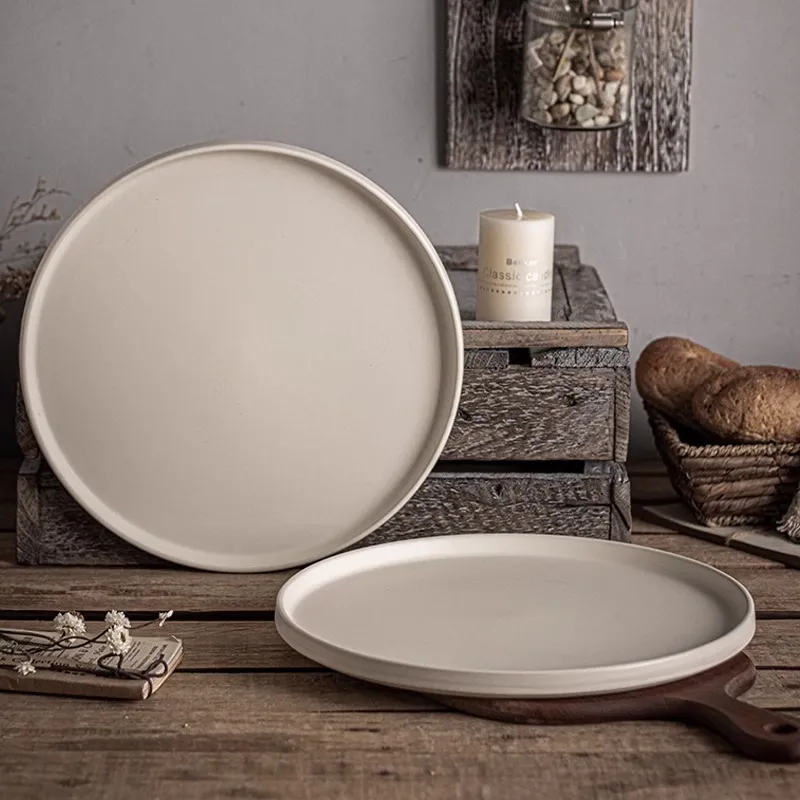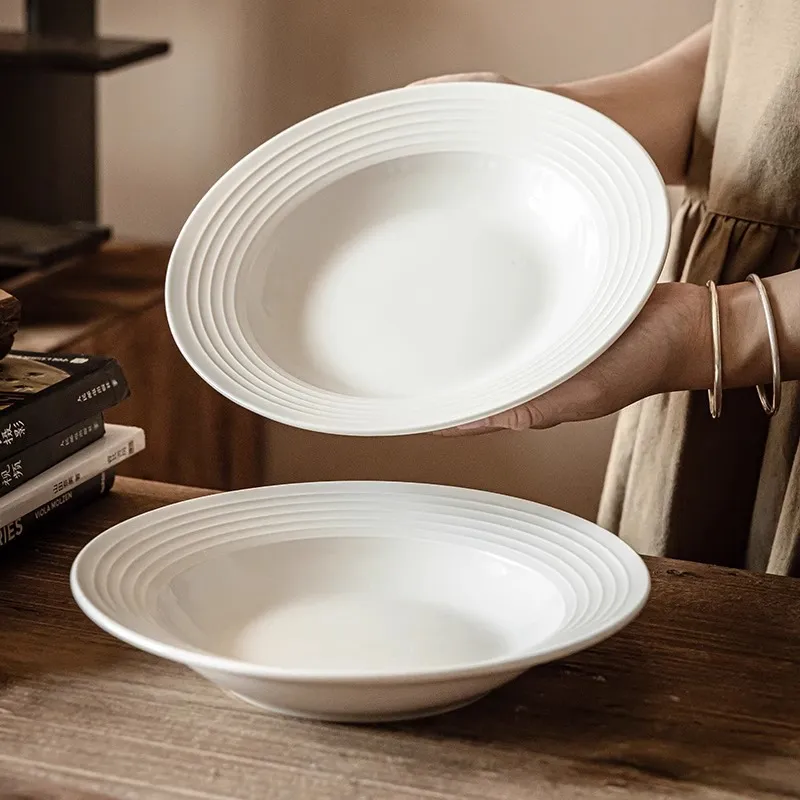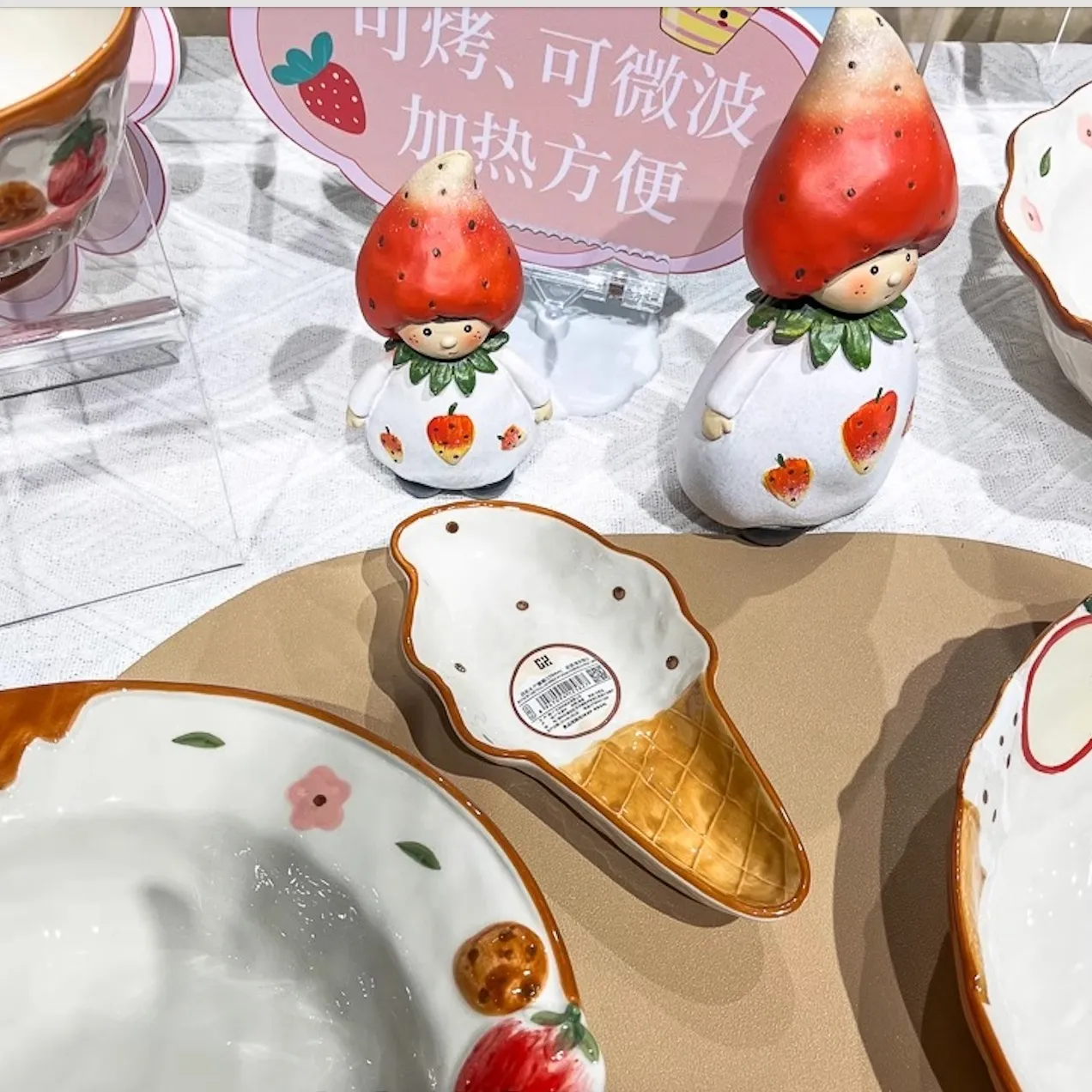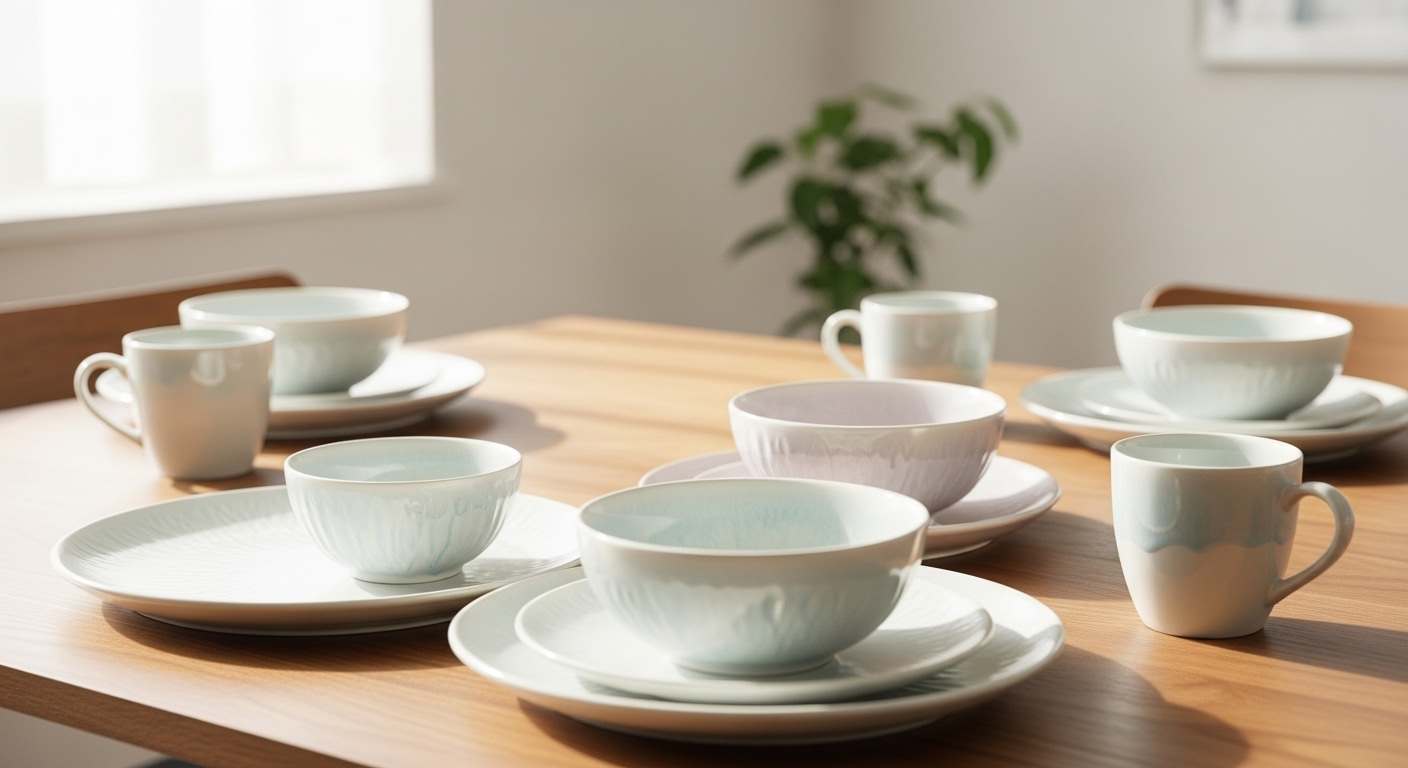
Introduction
When buying dinnerware, most people look for style, color, and price. But for health-conscious consumers, one factor stands above all: safety. That’s where the ceramic tableware lead test comes in. Whether you’re a homeowner, importer, or restaurant buyer, understanding how this test works — and why it matters — is essential for protecting your family and customers.
Why You Should Care About the Ceramic Tableware Lead Test
Many ceramic glazes contain heavy metals like lead. While this improves color and shine, improperly fired ceramic tableware can leach lead into food or beverages. The ceramic tableware lead test is designed to detect this hidden risk before it reaches your table.
Long-term lead exposure can cause severe health issues, including brain and kidney damage. Children, pregnant women, and frequent users of ceramic mugs or plates are especially at risk. That’s why the Ceramic Tableware Lead Test is required by global safety standards before products are legally sold in markets like the U.S. and Europe.
What Exactly Is the Ceramic Tableware Lead Test?
The Ceramic Tableware Lead Test is a laboratory-based procedure that measures the amount of lead and cadmium leached from a ceramic product under acidic conditions. It simulates how food interacts with glazes during regular use.
There are two main types of ceramic tableware lead test methods:
- Lab Testing (Most Accurate): This is done by third-party labs using certified methods (FDA, EU, LFGB).
- DIY Test Kits: Less reliable, but helpful for quick at-home checks of old or imported pieces.
For importers and restaurant owners, relying on a certified ceramic tableware lead test is critical for compliance and consumer trust.
Global Regulations Requiring Ceramic Tableware Lead Test
Many governments mandate the ceramic tableware lead test as part of their food safety laws. Here are examples of key limits:
| Country/Standard | Max Lead Limit (mg/L) |
|---|---|
| USA (FDA) | 0.5 |
| EU (EC 1935/2004) | 0.3 |
| China (GB) | 0.5 |
Products without passing a ceramic tableware lead test cannot legally enter these markets.
How to Choose Safe Tableware: Trust the Lead Test
Not all ceramic products are created equal. To ensure you’re buying safe items, follow these tips — all backed by the Ceramic Tableware Lead Test:
- Check Certifications: Look for FDA, LFGB, or SGS test results showing the product passed a Ceramic Tableware Lead Test.
- Avoid Decorative Interiors: Glazing or painting inside bowls/cups increases the risk of leaching unless verified by testing.
- Buy from Reliable Manufacturers: Trusted factories always conduct a ceramic tableware lead test before shipment.
- Ask for Reports When Buying in Bulk: Especially important for restaurants and hotel buyers.
Yicheng Ceramics: Every Product Passes the Ceramic Tableware Lead Test
At Yicheng Ceramics, we make safety our top priority. Every item we manufacture undergoes a full Ceramic Tableware Lead Test by trusted third-party laboratories such as SGS and Bureau Veritas.
Whether you’re purchasing in bulk for hotels or customizing your brand, our ceramic tableware lead test reports are available upon request. We also meet or exceed international lead and cadmium limits, providing your customers with both style and safety.
Conclusion
Don’t risk your health for aesthetics. The ceramic tableware lead test is your best defense against unsafe ceramic products. Whether you’re sourcing for a restaurant or stocking your kitchen at home, make sure your supplier takes this test seriously.
Choose manufacturers like Yicheng Ceramics, who guarantee safety and transparency with every shipment, backed by certified ceramic tableware lead test results

